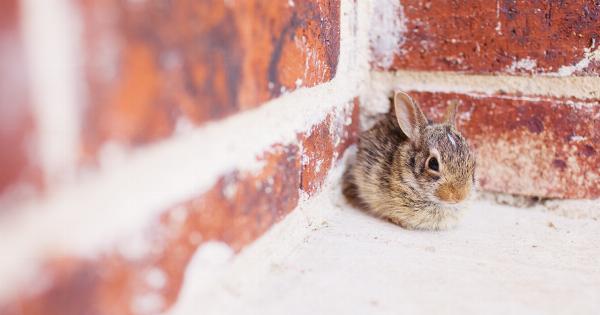Summer is a season many people look forward to because of the warm weather and the opportunity to spend more time outside. However, along with the joys of summer comes the risk of various health issues, including external otitis.
This condition, also known as swimmer’s ear, can cause discomfort and even infection in your ears. In this article, we will explore some effective ways to protect your ears from external otitis during the summer months.
What is External Otitis?
External otitis is an infection that affects the outer ear canal, which is the part leading from the external ear to the eardrum. It is commonly caused by bacteria or fungi entering the ear canal, often due to excessive moisture or trauma to the ear.
The name “swimmer’s ear” comes from the fact that it is frequently seen in swimmers who spend prolonged periods in the water.
Signs and Symptoms
If you develop external otitis, you may experience various signs and symptoms, including:.
- Pain or discomfort in the affected ear
- Itchiness or a feeling of fullness in the ear
- Redness and swelling of the outer ear
- Drainage of fluid or pus from the ear
- Decreased hearing or muffled sound
If you notice any of these symptoms, it is important to seek medical attention promptly to prevent the infection from worsening.
Prevention Tips
Prevention is key when it comes to protecting your ears from external otitis. Here are some tips to keep in mind:.
1. Keep Your Ears Dry
Excessive moisture in the ear can create an ideal environment for bacteria and fungi to thrive. After swimming or showering, make sure to dry your ears thoroughly using a clean towel.
You can also tilt your head to the side and gently tug on your earlobe to help any trapped water drain out.
2. Avoid Inserting Objects into Your Ears
Using cotton swabs, bobby pins, or any other objects to clean your ears can actually push debris and earwax further into the ear canal, increasing the risk of infection. The ear is designed to clean itself, so let it do its job naturally.
If you have excessive earwax buildup, consult a healthcare professional for safe removal.
3. Use Earplugs
If you frequently swim or participate in water activities, consider using earplugs specifically designed for swimming. These earplugs can help keep water out of the ear canal, reducing the risk of infection.
Make sure to clean and dry the earplugs thoroughly after use to prevent the growth of bacteria.
4. Avoid Prolonged Exposure to Moist Environments
Try to minimize the amount of time you spend in humid or wet environments, as these can increase the likelihood of developing external otitis.
If possible, dry your ears with a hairdryer on a low, cool setting after swimming or spending time outdoors in humid conditions.
5. Stay Away from Contaminated Water
Avoid swimming in pools, lakes, or other bodies of water with poor water quality. These environments may contain bacteria or other microorganisms that can lead to ear infections.
Additionally, be cautious about swimming in warm, stagnant water, as it can harbor harmful bacteria.
Treatment Options
If you develop external otitis despite your preventive efforts, it is crucial to seek medical care. Treatment may involve:.
- Prescription eardrops containing antibiotics or antifungal medications to clear the infection
- Pain relievers to alleviate discomfort
- Avoiding activities that may aggravate the condition, such as swimming or using headphones
- Keeping the ear dry during the healing process
- Regular follow-up visits to monitor the progress of the infection
It is important to complete the full course of treatment prescribed by your healthcare provider to ensure the infection is fully resolved and to prevent recurrence.
Conclusion
Enjoying the summer season doesn’t mean compromising your ear health. By following the preventive tips mentioned above, you can significantly reduce the risk of external otitis.
Remember, keeping your ears dry, avoiding the insertion of objects, using earplugs, minimizing exposure to moisture, and staying away from contaminated water are key practices for protecting your ears from this uncomfortable condition. If you do experience any symptoms of external otitis, seek medical attention promptly to receive appropriate treatment and prevent potential complications.





























